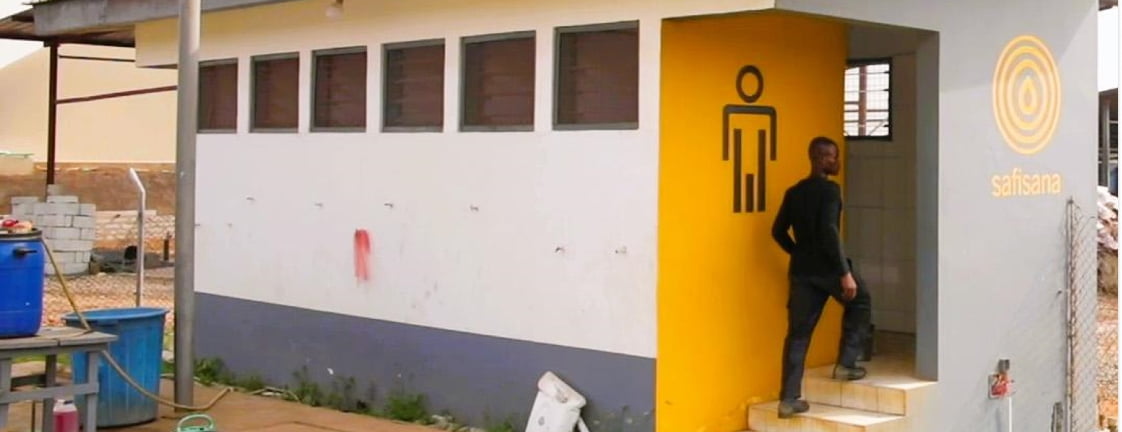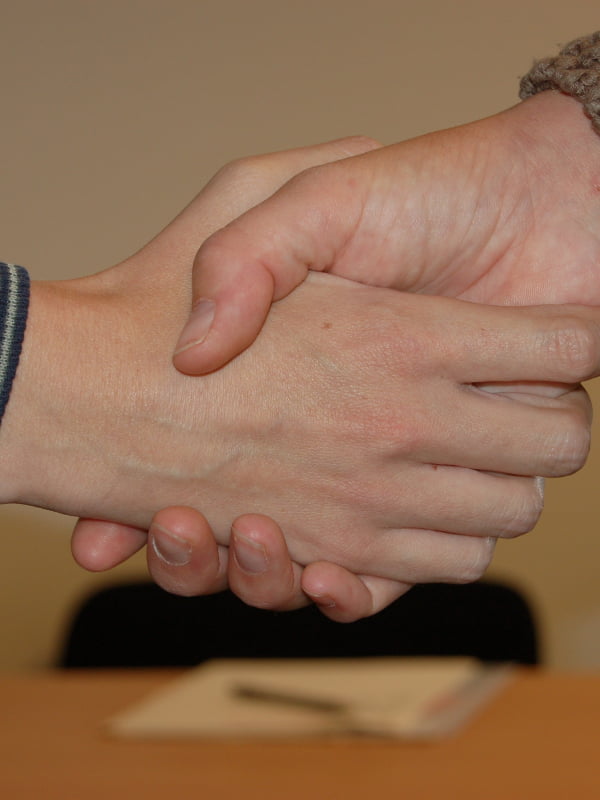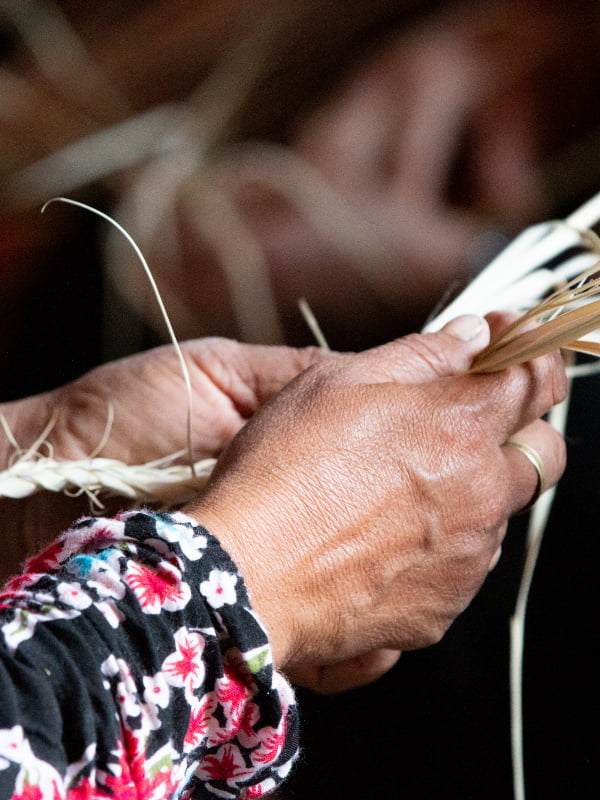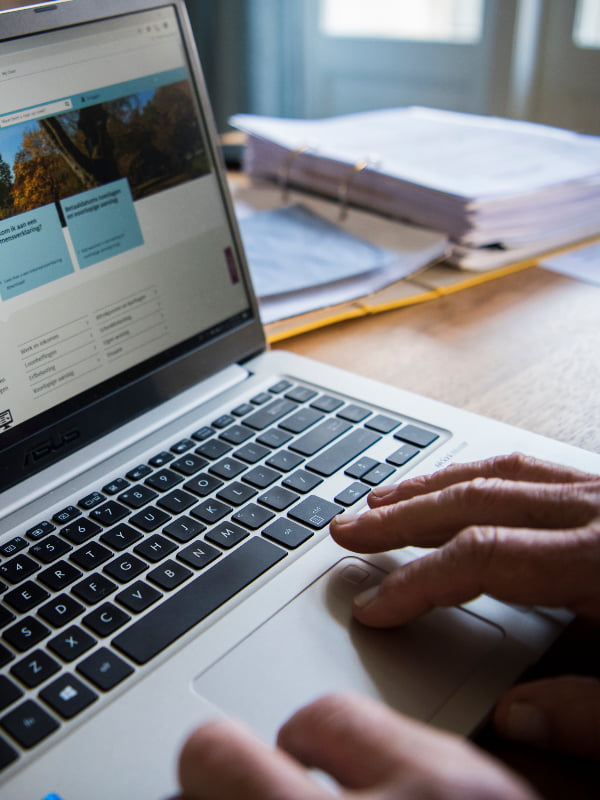5 valuable lessons from development cooperation partnerships
The Dutch government works with public-private partnerships (PPPs) between government agencies, NGOs, knowledge institutes and businesses. PPPs provide a way to cooperate on specific solutions, like increased food security and lasting water services for low-income communities. PPPs can bring effectiveness, efficiency and equity while providing the agility needed to adapt to changing circumstances.

By working together in PPPs, partners can achieve more in development projects than they would working alone. But what does working with partners look like in practice? 5 valuable lessons from development cooperation partnerships.
1. PPPs can play a role in system changes
PPPs can play an essential role in the strategy needed for system changes in developing countries. Partnerships must recognise that the private sector can contribute to economic development and employment and act as a knowledge partner. Managing short-term profit objectives and long-term local needs and demands is critical.
Karin Roelofs, Head of the Water Team at the Netherlands Ministry of Foreign Affairs
2. Good partnership takes time
PPPs may want to achieve effectiveness, efficiency and equity at the same time. But, it takes time for the partners to settle and adjust to each other. There should be more focus on creating relationships instead of engineered outcomes.
3. We need to talk about relational risks
Nobody wants to discuss risks; discussing certainties and engineering successes feels more comfortable. Most risk analyses tend to cover engineered risks, like whether a technology is appropriate in a particular situation. We find it difficult to talk about relational risks, yet they make up 50% of the risks.
John Cameron, Emeritus Associate Professor at the International Institute of Social Studies, Erasmus University Rotterdam
4. PPPs can have different objectives
PPPs working towards a common goal can have different objectives. For example, the company Safisana turns faecal sludge from pit latrines into sellable biogas and compost. The ambition is to create social, economic and environmental impact. Through PPP participation, the company used subsidies to cover the investment costs, allowing the sales income to cover operational costs. This allowed the company to expand and break even.
Aart van den Beukel, Managing Director at Safisana
Another PPP example with social, economic and environmental objectives is the project in Java, Indonesia. It aimed to bring back the mangrove forest for flood protection and provide new livelihood opportunities for fish farmers. Although the project has finished, the Indonesian government is now replicating this approach in other coastal areas.
Jeroen Jurriens, Wetlands International, EcoShape
5. Farmers need more than crop growth skills
Small-hold vegetable farmers need more than better materials and crop growth skills. Training them on agricultural practices will increase their yields. But, to set up a sustainable business, farmers also need entrepreneurial skills. Even so, improving the sector holistically requires systemic change. In this context, a PPP can lower barriers by bringing access to finance, social capital, farmer groups, and inclusion of different target groups. One partner cannot do everything, so projects need partners with various skill sets.
Stuart Morris, East West Seed Knowledge Transfer
More information
These valuable lessons were among the many recent findings of a PPP symposium RVO organised. For more information on the partnerships, highlights and lessons learnt, see
- Ministry of Foreign Affairs



